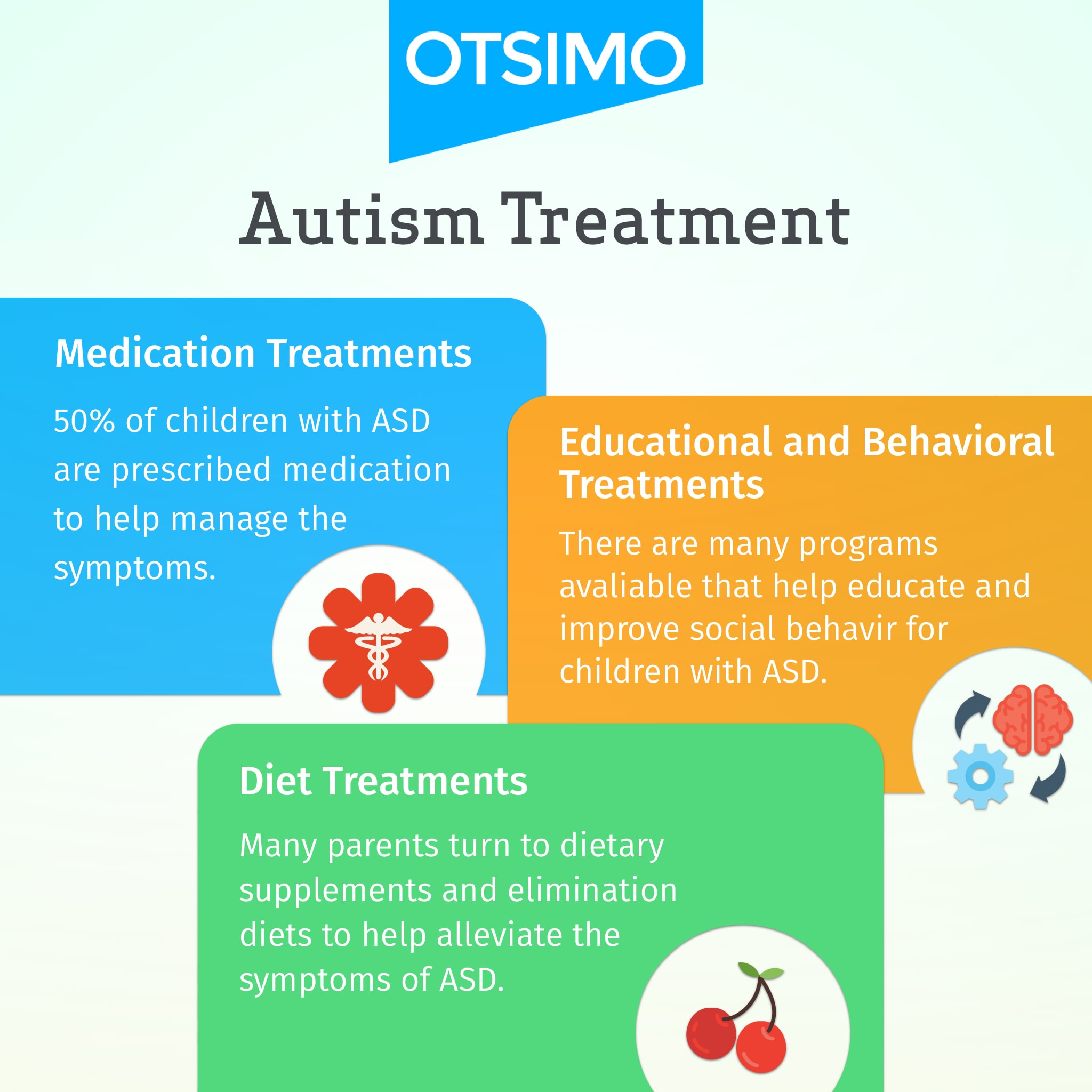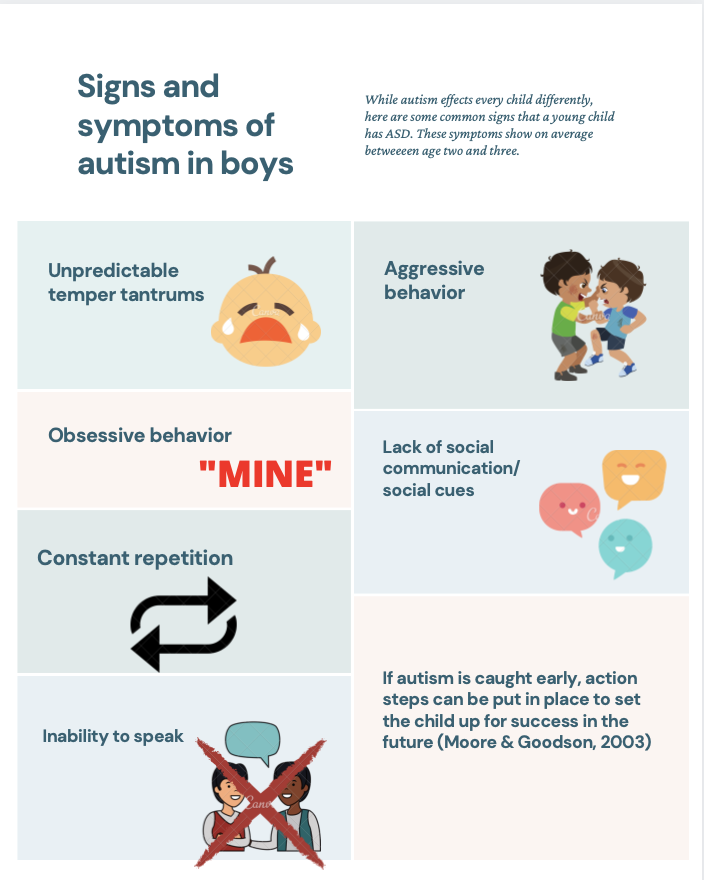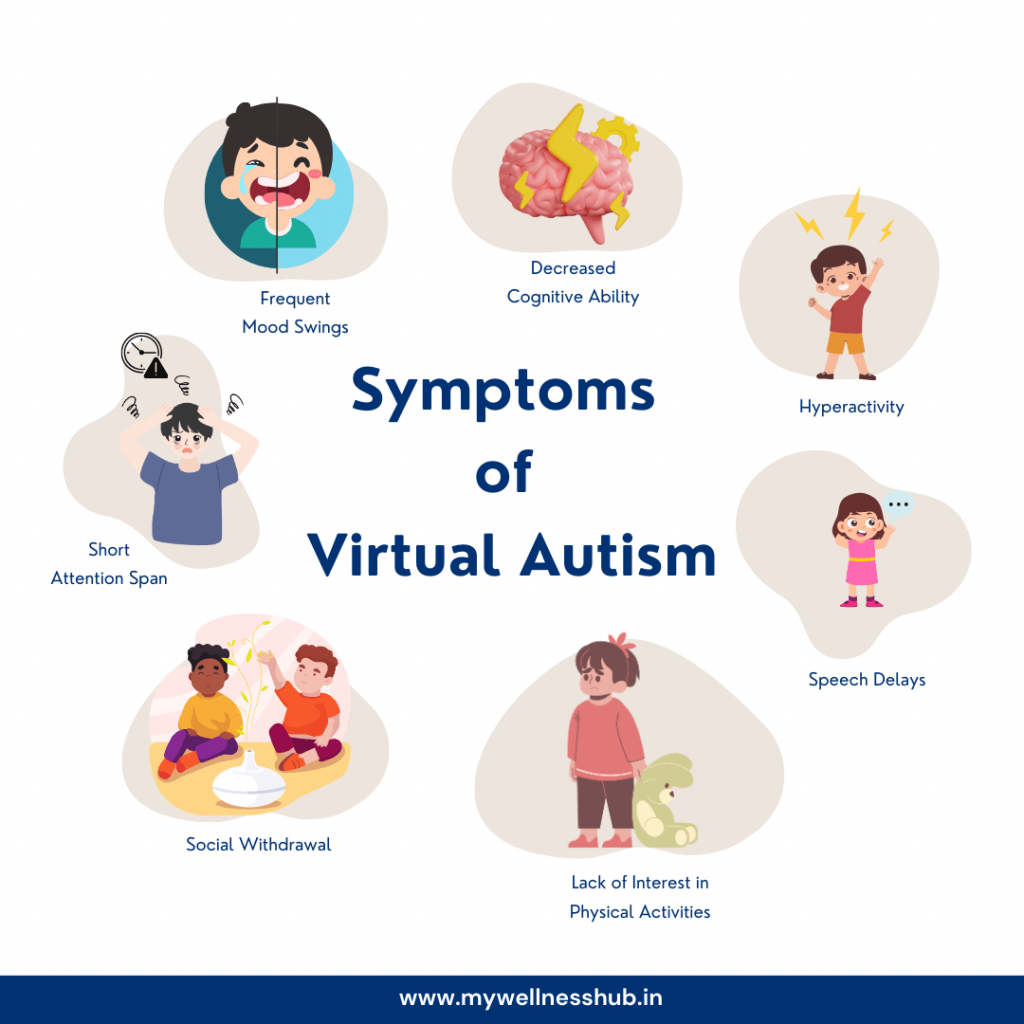5 ways Autism Behavioral Therapy techniques improve coping skills
5 ways Autism Behavioral Therapy techniques improve coping skills
Blog Article
Understanding the Influence of Behavioral Autism on Every Day Life and Social Interactions
You might not understand exactly how deeply behavioral autism affects day-to-day life and social interactions. People on the range frequently navigate a globe loaded with interaction hurdles and sensory overload. These challenges can lead to disappointment and seclusion, impacting their partnerships and general wellness.
Specifying Behavioral Autism and Its Characteristics
Behavior autism, often described as autism spectrum disorder (ASD), includes a variety of problems characterized by obstacles in social interaction, interaction, and recurring behaviors. You may observe that people with ASD commonly battle to analyze social cues, which can cause misunderstandings in discussions. They might discover it difficult to develop eye contact or take part in small talk, making social circumstances really feel overwhelming.
Communication problems can materialize in different means, from postponed speech growth to a choice for making use of less words. Repeated actions, such as hand-flapping or shaking, can act as coping devices to take care of stress and anxiety or sensory overload. These attributes can profoundly impact life, making it essential for you to comprehend and sustain those with ASD. By identifying these characteristics, you can promote a setting that promotes acceptance and urges reliable communication, helping people with autism grow in their daily interactions.
The Range of Autism: Comprehending Irregularity in Behavior
Autism spectrum disorder (ASD) isn't a one-size-fits-all diagnosis; it differs extensively among individuals. You may run into individuals who are highly spoken and involve quickly in conversations, while others could like solitary activities or connect non-verbally.
Moreover, the way individuals with ASD reply to sensory input can vary substantially; some could be overwhelmed by intense lights or loud sounds, whereas others prosper in promoting environments. The spectrum also consists of distinctions in social communications; some individuals may battle to translate social cues, while others navigate social settings with loved one simplicity. Comprehending this irregularity is crucial, as it assists you appreciate everyone's special experience and tailor assistance to their details needs, promoting an extra comprehensive environment for everybody.
Interaction Challenges Dealt With by People With Autism
When you connect with people on the autism range, you may see their one-of-a-kind communication obstacles. They usually face troubles with both nonverbal and spoken cues, which can impact their social communications. Comprehending these barriers is crucial for cultivating better links and support.

Verbal Communication Difficulties
Several individuals on the autism range experience spoken interaction difficulties that can substantially affect their daily interactions. Your tone, quantity, or pace might not align with social assumptions, causing others to misunderstand your purposes. Identifying these challenges can help you and your support network develop techniques to improve communication and cultivate better links with others in your everyday life.
Nonverbal Communication Obstacles
Spoken interaction isn't the only obstacle individuals on the autism spectrum face; nonverbal interaction barriers can be just as substantial. These challenges can lead to misunderstandings or misconceptions of social signs, making communications really feel overwhelming or complex. By resolving nonverbal communication, you can discover approaches to boost your social experiences and boost your overall quality of life.
Social Interaction Impacts
Social interactions can typically really feel overwhelming because of the unique interaction obstacles dealt with by individuals with autism. You might deal with translating social cues, making it hard to recognize sarcasm or body language. This can bring about misunderstandings or uncomfortable moments in discussions. Furthermore, starting and maintaining discussions may really feel difficult, causing anxiousness in social scenarios. You might like structured atmospheres, making spontaneous interactions uncomfortable. It's additionally typical to experience problem in taking part in tiny talk, which can hinder creating brand-new friendships. Recognizing these difficulties can help you locate approaches to enhance communication, such as exercising social skills in secure settings or using aesthetic aids - Aba Therapist Near Me. Recognizing your requirements enables you to navigate social communications with greater self-confidence and simplicity.
Social Interaction and Partnership Building in Autism
While structure partnerships can be testing for people with autism, comprehending their one-of-a-kind viewpoints and interaction styles can promote significant connections. You may see that many individuals on the range prefer direct communication and may have problem with social cues or tiny talk. By being uncomplicated in your interactions, you can help produce a setting where they really feel comfy.
Take the time to observe and pay attention just how they share themselves. This understanding can guide you in guiding discussions more efficiently. Taking part in shared rate of interests can likewise function as a bridge to much deeper links. Whether it's a hobby, a favorite show, or a shared interest, these usual strings can open up doors to relationship.
Daily Life Regimen: Browsing Strategies and obstacles
Navigating everyday life routines can be particularly testing for individuals with autism, specifically when unanticipated changes take place. To navigate these challenges, think about applying visual timetables or checklists.
Establishing a routine that consists of sensory breaks can likewise be advantageous. This helps produce an understanding atmosphere.
Last but not least, practice mindfulness methods to manage tension and anxiety. Basic breathing workouts or grounding methods can make a substantial difference. By integrating these methods, you can enhance your everyday routine and lessen disturbances, making life feel a lot more workable.
Toughness and Abilities of People on the Autism Range
Recognizing day-to-day life regimens is simply one facet of the autism experience. Lots of individuals on the autism range possess impressive strengths and capabilities that establish them apart.
In addition, your memory abilities commonly beam, specifically in areas of interest. Autism Spectrum Therapies. This propensity for maintaining info can make you an important source in areas like innovation, art, or science. You might additionally show strong visual reasoning, enabling you to envision intricate ideas and solve problems creatively
Additionally, your special point of view on the globe can foster compassion and understanding in others, enhancing social communications. Embracing these toughness not only enhances your confidence yet likewise assists others value the varied talents you offer the table.
Creating Comprehensive Environments for Individuals With Autism
Creating comprehensive environments for individuals with autism begins with making sensory-friendly areas that accommodate their one-of-a-kind needs. You can additionally promote chances for social communication, helping to construct relationships and connections. By making these adjustments, you'll add to an extra welcoming environment for everyone.
Designing Sensory-Friendly Spaces
While designing sensory-friendly areas, it's vital to reflect on the special demands of individuals with autism. Begin by picking soothing shades and soft lights to develop a relaxing setting. Include quiet areas where people can pull away and recharge when overwhelmed. You'll wish to lessen loud noises and disturbances, using soundproof products or white sound machines to help keep peace. Think about tactile aspects like soft materials or fidget-friendly things that can provide click to read comfort. Determine that rooms are adaptable, permitting easy rearrangement to suit various activities. Lastly, consist of aesthetic routines or clear signs to aid people review navigate the area with confidence. By attentively integrating these elements, you can produce a welcoming atmosphere that supports sensory demands and advertises general health.
Promoting Social Interaction Opportunities
Designing sensory-friendly rooms not just addresses individual comfort but additionally sets the phase for purposeful social communications amongst people with autism. To advertise these interactions, create inclusive environments that welcome engagement. Organize organized tasks, like art courses or group games, that motivate cooperation without frustrating sensory input. Usage visual help and clear communication to aid everyone involve easily. Encourage peer mentoring, pairing individuals with autism with encouraging peers that can direct them through social scenarios. Furthermore, think about organizing normal community occasions that celebrate neurodiversity, fostering acceptance and understanding among all individuals. By carrying out these approaches, you can enhance social opportunities, helping individuals with autism construct relationships and strengthen their social skills in a secure, welcoming environment.

Often Asked Inquiries
Just How Can Buddies Assistance Somebody With Behavioral Autism?
You can sustain a good friend with behavioral autism by being client, listening proactively, and appreciating their limits. Participate in tasks they delight in, connect openly, and develop a comfy environment where they feel valued and recognized.
What Resources Are Offered for Parents of Children With Autism?
You can explore numerous sources for parents of youngsters with autism, including assistance groups, educational websites, and neighborhood community services. Getting in touch with other parents can likewise give useful understandings and shared experiences to help browse difficulties.
Can Behavioral Autism Modification With Time?

Yes, behavior autism can transform in time. You may see changes in communication, social abilities, and actions as your youngster grows. Early intervention and assistance typically play essential roles in these developmental modifications.
Exactly How Do Sensory Sensitivities Affect Every Day Life?
Sensory level of sensitivities can make daily experiences frustrating. You could have problem with intense lights or loud sounds, bring about stress or avoidance. Locating environments that accommodate your needs can substantially improve your comfort and overall day-to-day life.
What Prevail Misconceptions Regarding Behavioral Autism?
You could think behavior autism only influences communication abilities, yet it's more facility. Several assume individuals do not have empathy or knowledge, which isn't true. check my source Understanding these misunderstandings assists foster acceptance and support for those on the spectrum.
Behavioral autism, often referred to as autism spectrum condition (ASD), incorporates a range of conditions identified by obstacles in social communication, communication, and recurring actions.Social communications can usually really feel overwhelming due to the special communication challenges dealt with by individuals with autism.Creating sensory-friendly rooms not only addresses specific comfort but also sets the stage for meaningful social interactions among people with autism. Urge peer mentoring, matching individuals with autism with supportive peers who can assist them via social scenarios. By carrying out these approaches, you can boost social opportunities, assisting people with autism develop friendships and strengthen their social skills in a safe, inviting setting.
Report this page